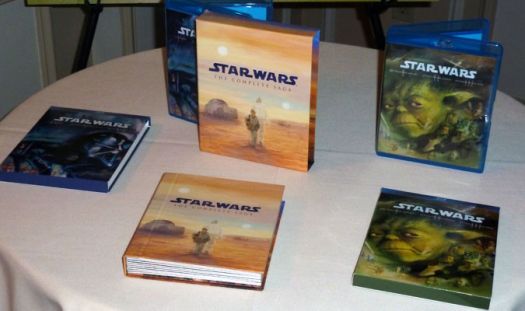A bit late, but I wanted to jump in and say a couple things about mono:
First off, the folks at Dolby and others in the film industry all agree that the centre channel of any audio setup is ideally supposed to be exactly the same type of speaker as the rest of the audio system. If you have stereo towers for the left and right, then the centre speaker should be a tower of the same kind. Of course it is recognised that this is not always possible, particularly in home environments, so making compromises for the space of a particular room has become common practise. But even so, for best results the speaker must be of similar tonal quality and power handling, so that there is no disparity of voicing anywhere in the front soundstage. Since the centre channel handles the majority of sound in any film mix, including the all-important dialogue, it would make no sense whatsoever to do anything else. Any system in which the centre speaker is markedly inferior to the left and right speakers is not worthy to be playing film soundtracks.
Second, it is generally agreed among audio professionals that mono film tracks are meant to played from the centre speaker only, and as a listener I agree with this. It is for the same reason the dialogue is nearly always centrally located even in multichannel mixes. Doing so firmly anchors the sound to the screen, and allows it to emanate directly from the speaker to the listener without interference. (There is certainly a case to be made for dialogue panning in multichannel mixes to reflect the position of characters onscreen--Pixar films notably often do this, and apparently it was a common practise in older 70mm films--but it is ideally restricted to specific artistic purposes only.) In mono mixes, everything is centrally located, and it stands to reason that it should be heard as such. Playing mono tracks from the left and right speakers creates a 'phantom centre' effect, and while this is effective enough if the listener is positioned in the right place, moving very far in either direction will cause the imaging to collapse to that side, which spoils the illusion that the sound is coming from the screen. Worse, with identical sounds being emitted from multiple locations, they will interact with each other in unpredictable ways according to the acoustic properties of the room, nearly always resulting in phase cancellation and smearing, and in general causing a disembodied effect that is usually considered undesirable.
Done properly, signal processing can create interesting effects through phase tricks to more effectively wrap the audio around the room even in mono, which some listeners may find pleasing, so there is a place for it. But regardless, the majority of the track should still be coming from the centre speaker.
Dual mono encoding is unnecessary, and is probably done mainly to accommodate those with analogue stereo setups. Using Prologic II or a similar algorithm will cause a dual mono track to be diverted to the centre speaker instead of the left and right. Depending on the receiver, a track encoded as true mono will go to the centre if put into 'direct' mode. It is helpful if the receiver is able to remember to switch formats with each type of incoming signal.
It is entirely understandable that some may not wish to listen to mono mixes, because 5.1 sound can be very appealing and going back to flat-sounding older mixes may leave a sense of disappointment. The Academy mono optical format was a pretty low fidelity system, with a very limited frequency response and a tonal characteristic that often comes across as harsh and biting, especially with music. As far as I'm concerned, the advent of Dolby Noise Reduction was one of the best things that ever happened to the world of film audio. However, I do have major problems with many modern remixes, because they take broad liberties with the source material that do not reflect the original mixers' artistic choices at all, and there is definitely something to be said for hearing a film exactly as it was when it was released. Also, a lot of old films don't warrant being remixed in the first place, because there is no real improvement or benefit to doing so, either for technical or artistic reasons; in other cases a remix may be more acceptable in order to improve the sound quality and so forth, but only if no changes to content are made and the general balance remains faithful to the original version. Sadly, this happens far too infrequently.
Although I appreciate the Beatles, I've never been a particular fan, so I can't comment on their music with any real authority. But I have heard some of their stuff in both stereo and mono versions, and without fail the mono mixes were superior in every case. The stereo versions were missing many background instrument tracks, and the hard panning of elements to one side or the other was a very gimmicky and unsatisfying mixing choice. There was no proper stereo imaging at all. Even from eliminating this absurd panning alone the mono versions already sound better, and the much better mixing and artistic choices in general make them the versions any Beatles fan should want. Any concern about whether to play from a centre speaker, dual mono, or any other mode becomes almost irrelevant compared to just having the properly mixed version of the music in this case. ;)

